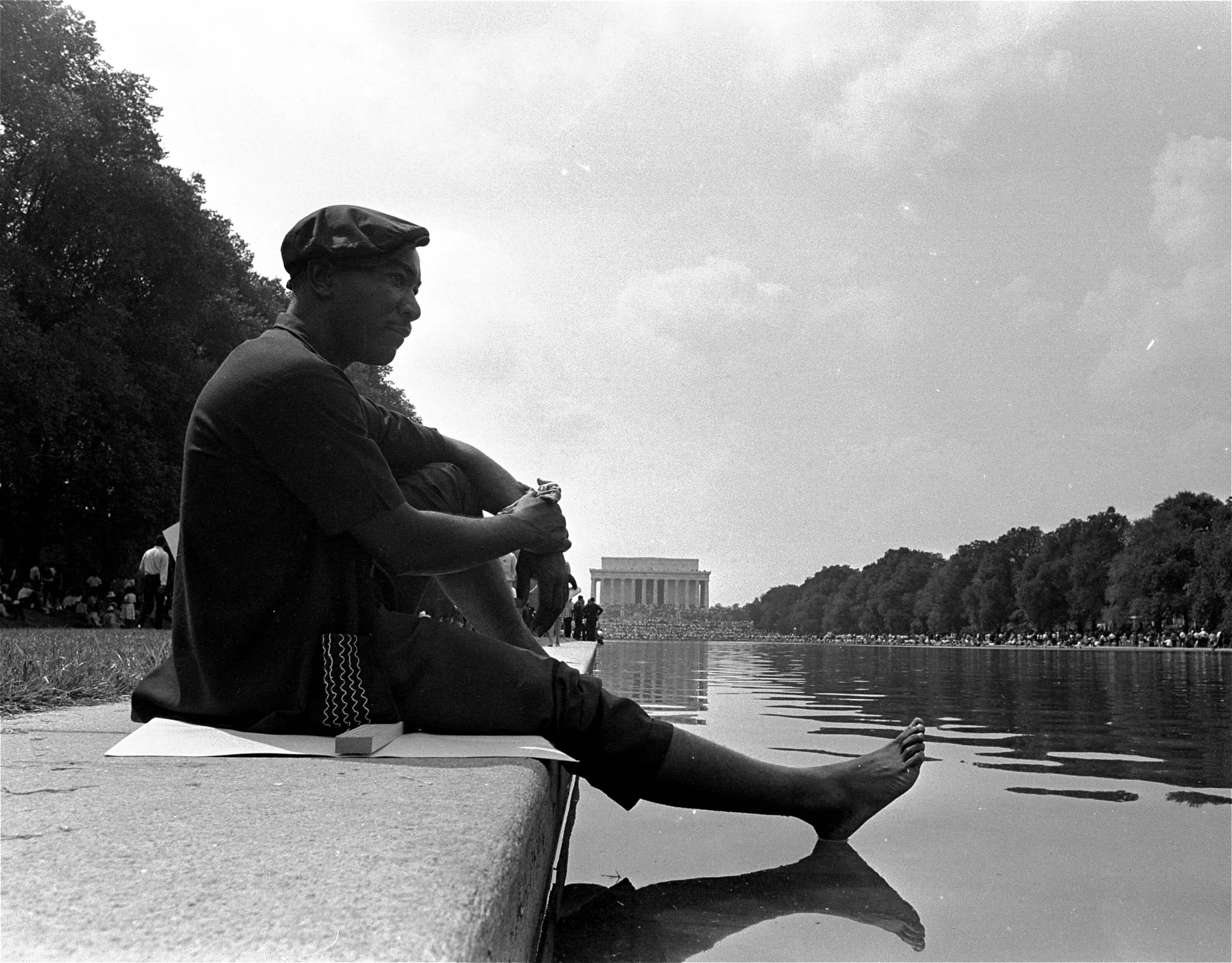The Federal Reserve and awareness of racial inequality

The Martin Luther King Jr. holiday this year sparked some reflection from former Federal Reserve Bank of Minneapolis president Narayana Kocherlakota. He notes that as the president of a regional reserve bank and a member of the Federal Open Markets Committee, he heard quite a bit about regional variation in the economy. In fact, the Federal Reserve system with its regional banks was set up to foster this kind of appreciation.
But Kocherlakota is also aware that he wasn’t reminded of other kinds of variations and inequality, particularly when it came to race. Looking through the meeting transcripts of 2010 FOMC meetings, he realized the committee never talked about the state of the labor market for African Americans—even though the unemployment rate for black Americans never dipped below 15.5 percent that year. (The overall U.S. unemployment rate averaged 9.6 percent in 2010, and 8.7 percent for white Americans.)
Kocherlakota argues that the Federal Reserve’s “vision of economic diversity” has a blind spot when it comes to the matters of race. But is the solution merely to have more information about the levels of racial inequality in the country? As Stephen Williamson, a vice president at the Federal Reserve Bank of St. Louis, points out, the Federal Reserve system is quite aware of the variety of inequalities in the United States. The central bank and the regional banks collect data on inequality and host conferences about wealth and income inequality and its interaction with monetary policy.
So what is there to do? Williamson argues that while monetary policy definitely has distribution effects, the Federal Reserve needs to focus on its mandate as legislated by Congress. That is, the central bank needs to stick to its job: maximizing employment and stabilizing inflation. But it’s important to note the relative weighting the bank gives on its two mandates.
Consider, for example, the distribution effects of promoting maximum employment. Specifically, think about the potential effects on racial inequality if the Federal Reserve put more emphasis on full employment in the United States. Jared Bernstein points out that the black unemployment rate is usually about twice the unemployment rate for white workers. And tighter labor markets disproportionately help black workers: A 1 percentage point decline in the overall U.S. unemployment rate often translates to a 2 percentage point decline in the black unemployment rate. So while promoting maximum unemployment and drawing more workers into the U.S. labor force, the Federal Reserve would also help chip away at some of the racial inequality in the country.
Of course, this isn’t to say that the Federal Reserve has to tackle the problem on its own. But the Fed should be aware that in upholding its dual mandate, it can make progress in dealing with significant inequalities in the U.S. economy.
